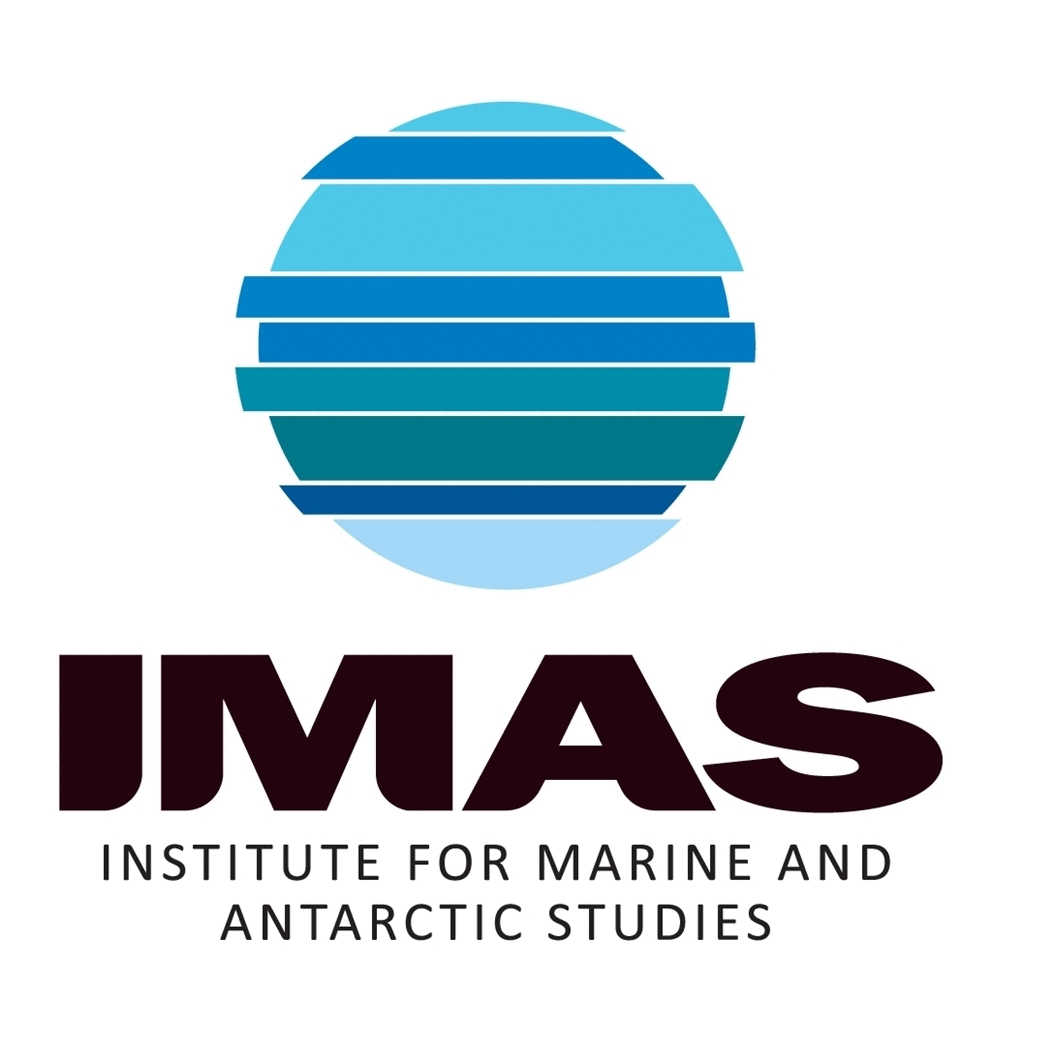REEF HABITAT
Type of resources
Topics
Keywords
Contact for the resource
Provided by
Years
-
The Australian Shellfish Reef Restoration Network is a recently established Community of Practice which brings together organisations and individuals interested in shellfish reef education, conservation, restoration and management. The Network aims to improve awareness of shellfish reef habitat and educate the broader public on the value of shellfish habitat conservation and restoration. The Network also promotes communication, restoration training, policy and regulation, research and development and implementation amongst network members. This record describes images collected by the Australian Shellfish Reef Restoration Network and freely available on https://shellfishreefs.smugmug.com/
-
The spatial extent of C. rodgersii "barrens" was estimated by surveying rocky reef habitat with a towed underwater video system. Sampling took place at 13 regions along the east coast of Tasmania, each comprising 3 subsites, this dataset refers to the St Helens region, and its 3 subsites: Binalong Bay, St Helens Island and St Helens Point
-
The spatial extent of C. rodgersii "barrens" was estimated by surveying rocky reef habitat with a towed underwater video system. Sampling took place at 13 regions along the east coast of Tasmania, each comprising 3 subsites, this dataset refers to the Forestier Peninsula region, and its 3 subsites: Sisters, Visscher Island and High Yellow Bluff.
-
The spatial extent of C. rodgersii "barrens" was estimated by surveying rocky reef habitat with a towed underwater video system. Sampling took place at 13 regions along the east coast of Tasmania, each comprising 3 subsites, this dataset refers to the Bicheno region, and its 3 subsites: Denison, Governor Island and Lodi.
-
The spatial extent of C. rodgersii "barrens" was estimated by surveying rocky reef habitat with a towed underwater video system. Sampling took place at 13 regions along the east coast of Tasmania, each comprising 3 subsites, this dataset refers to the Four-mile Creek region, and its 3 subsites: Falmouth, Ironhouse Point and Saltwater Inlet.
-
The spatial extent of C. rodgersii "barrens" was estimated by surveying rocky reef habitat with a towed underwater video system. Sampling took place at 13 regions along the east coast of Tasmania, each comprising 3 subsites, this dataset refers to the North Bruny Island region, and its 3 subsites: Patrick's Bight, Trumpeter Point and Yellow Bluff.
-
The data is quantitative abundance of fish and megafaunal invertebrates and algal % cover derived from transect based counts at a wide range of locations across Temperate Australia. The methods are described in detail in Edgar and Barrett (1997). Primarily the data are derived from transects at 5 m depth and/or 10 m depth at each site surveyed. Methods were initially developed for research on temporal changes following protection in Tasmanian MPAs (Maria Is, Tinderbox, Ninepin Point, Governor Island). The data represented by this record was collected in MPA studies and surveys interstate, and was collected from Jurien Bay (WA). In many cases the dataset involved temporal replication (year scale).
-
The data is quantitative abundance of fish and megafaunal invertebrates and algal % cover derived from transect based counts at a wide range of locations across Temperate Australia. The methods are described in detail in Edgar and Barrett (1997). Primarily the data are derived from transects at 5 m depth and/or 10 m depth at each site surveyed. Methods were initially developed for research on temporal changes following protection in Tasmanian MPAs (Maria Is, Tinderbox, Ninepin Point, Governor Island). The data represented by this record was collected in MPA studies and surveys interstate, and was collected from the Ceduna district (SA). In many cases the dataset involved temporal replication (year scale).
-
The data is quantitative abundance of fish and megafaunal invertebrates and algal % cover derived from transect based counts at a wide range of locations across Temperate Australia. The methods are described in detail in Edgar and Barrett (1997). Primarily the data are derived from transects at 5 m depth and/or 10 m depth at each site surveyed. Methods were initially developed for research on temporal changes following protection in Tasmanian long-term MPAs (Maria Is, Tinderbox, Ninepin Point, Governor Island), and the data represented by this record has been collected at Governor Island. In many cases the dataset involves temporal replication (year scale), particularly for the core Tasmanian MPAs represented by this record.
-
The data is quantitative abundance of fish and megafaunal invertebrates and algal % cover derived from transect based counts at a wide range of locations across Temperate Australia. The methods are described in detail in Edgar and Barrett (1997). Primarily the data are derived from transects at 5 m depth and/or 10 m depth at each site surveyed. Methods were initially developed for research on temporal changes following protection in Tasmanian MPAs (Maria Is, Tinderbox, Ninepin Point, Governor Island). The data represented by this record was collected in MPA studies and surveys interstate, and was collected from Althorpe Islands and Yorke Peninsula.(SA). In many cases the dataset involved temporal replication (year scale).
 IMAS Metadata Catalogue
IMAS Metadata Catalogue